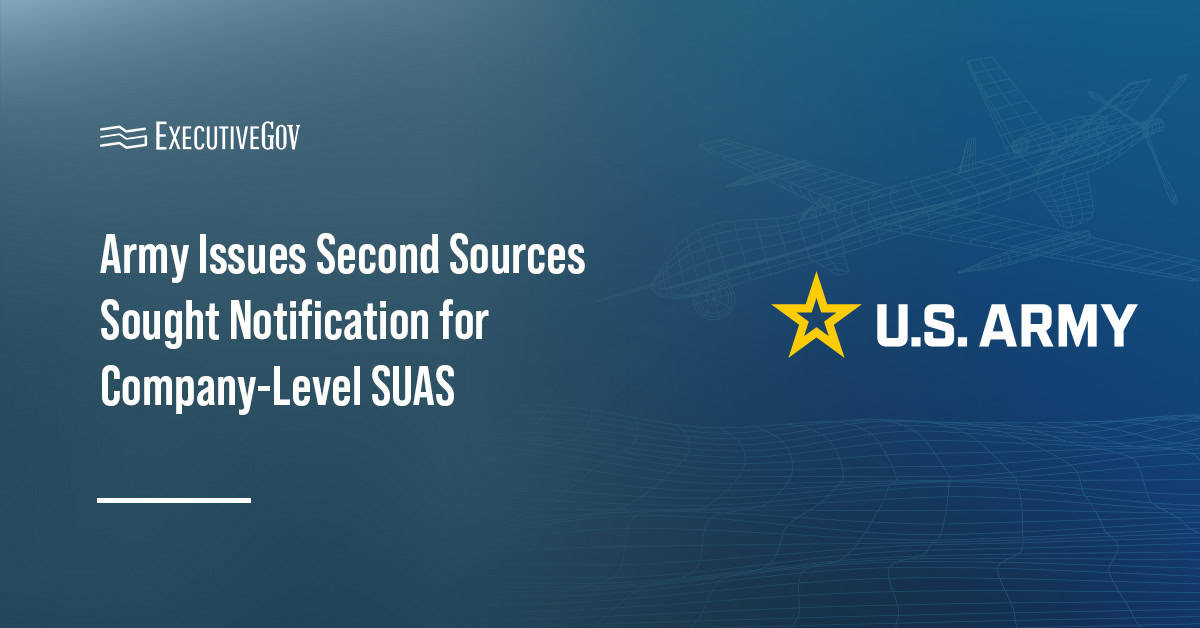 Matt Goodrich, director of the Federal Risk and Authorization Management Program at the General Services Administration, has said stakeholders believe the program is a potential “market maker” and has influenced how industry gauges cloud security.
Matt Goodrich, director of the Federal Risk and Authorization Management Program at the General Services Administration, has said stakeholders believe the program is a potential “market maker” and has influenced how industry gauges cloud security.He wrote in a blog entry posted Wednesday that cloud service providers, third-party assessors, government agencies and others have also provided feedback over the past six months for further updates to the program.
FedRAMP users have called for increased visibility into the process and program transparency as well as a faster time to authorization, he said.
According to Goodrich, the program will explore potential changes to the authorization process, collaborate with 18F to develop a public dashboard on the FedRAMP website, pilot a new baseline for high-impact security systems and further promote FedRAMP use.





